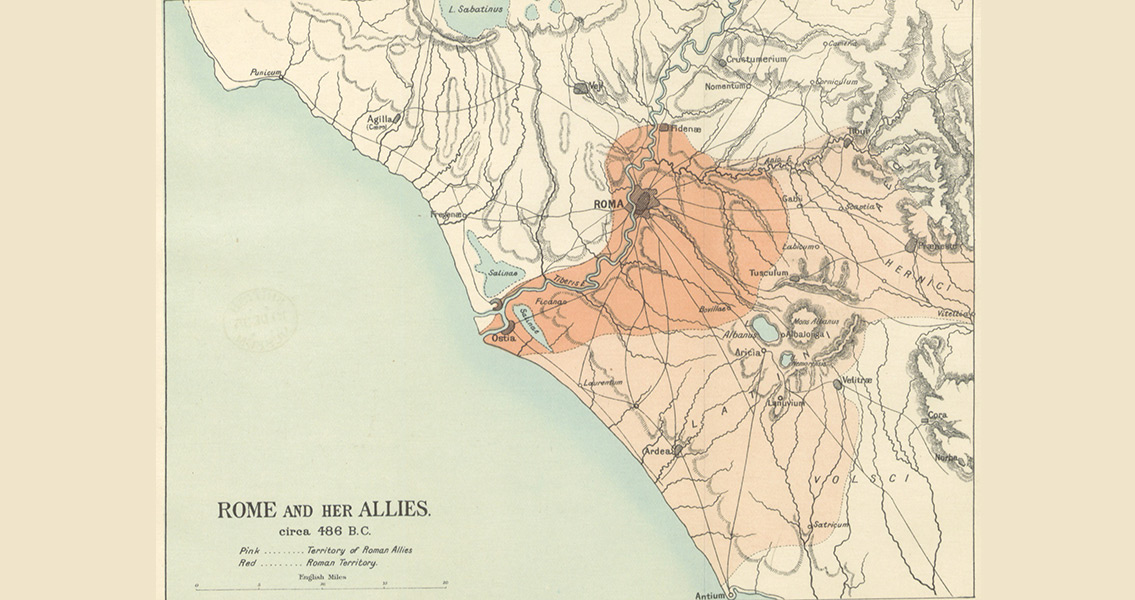<![CDATA[Construction on a new Roman Orthodox church in Casal Bernocchi (a Roman suburb) began over a year ago, but came to a quick halt when workers discovered archaeological remains shortly after the digging started. Now, excavations at the site have uncovered an ancient bath house as well as a number of tombs from the first to fourth century CE. Visible remnants of the bath-house include the heating and plumbing systems which allowed the Romans to pamper themselves with hot baths daily. Excavations also revealed amazing black and white tiles which made up the mosaics on the bathhouse floor. Archaeologists are uncertain if the bath house was part of a residence, indeed, some experts believe bath houses could simply have been a type of “service station” for the ancient Romans, offering bath services to weary travelers. Around 2000-years-ago, the region of Casal Bernocchi sat along the Roman highway Via Ostiense, and was highly traveled by traders. Other such stopping-off points along this route have also been discovered. The Via Ostiense was a critical road in ancient Rome. It ran 30 kilometers (19 miles) west, from Rome to Ostia Antica, the sea port it was named after. During the later years of the Roman Empire, trade began to suffer and Ostia’s importance as a port declined. Today’s Via Ostiense, which follows a similar path, is still the primary connection from Rome to Ostia, which is now one of the quarters of Rome. The ancient graves revealed at the site contained numerous bodies, buried in numerous styles over the four centuries. The earliest tombs contained remains which had been cremated and buried in urns, while the more recently deceased had been laid out per the Catholic traditions of the time. Also found inside the tombs were rings, bracelets, jars and coins, buried with the bodies as funerary offerings. According to Italian newspaper The Local, the bodies consisted of lower class, working Romans, all of whom had lived modest lives and all of whom had died between the ages of 20 and 40-years-old. Earlier studies have shown that the average working Roman who lived 2000 years ago suffered a variety of health issues and seldom lived past 30 years of age. Skeletons exhumed over the past 15 years in conjunction with other construction work have revealed the brutal reality of a worker’s life in ancient Rome, whose skeletons display high occurrences of fractured and broken bones, bone cancer and chronic arthritis, brought about by the extreme working conditions at the time. The common injuries faced by ancient lower-class Romans between the first and third century CE also included broken hand bones, noses and collar bones. However, the ancient inhabitants of Rome were also adept at treating these injuries, developing effective solutions that allowed them to keep working years after sustaining even severe injuries. Although effective, it seems they weren’t pretty – Roman doctors simply placed a wooden cage over the broken bone, immobilizing it until the pieces eventually fused themselves together. Aside from the absence of workplace safety laws, studies have also highlighted the long hours of back-breaking labor endured by workers, with chronic arthritis in the back, knees and shoulders found in the skeletons of those who were only 20 when they died. It goes without saying that the life of the average worker in Rome stands in stark contrast to the good health the city’s elite enjoyed. ]]>
Bath Houses and Tombs Uncovered at Roman Building Site
